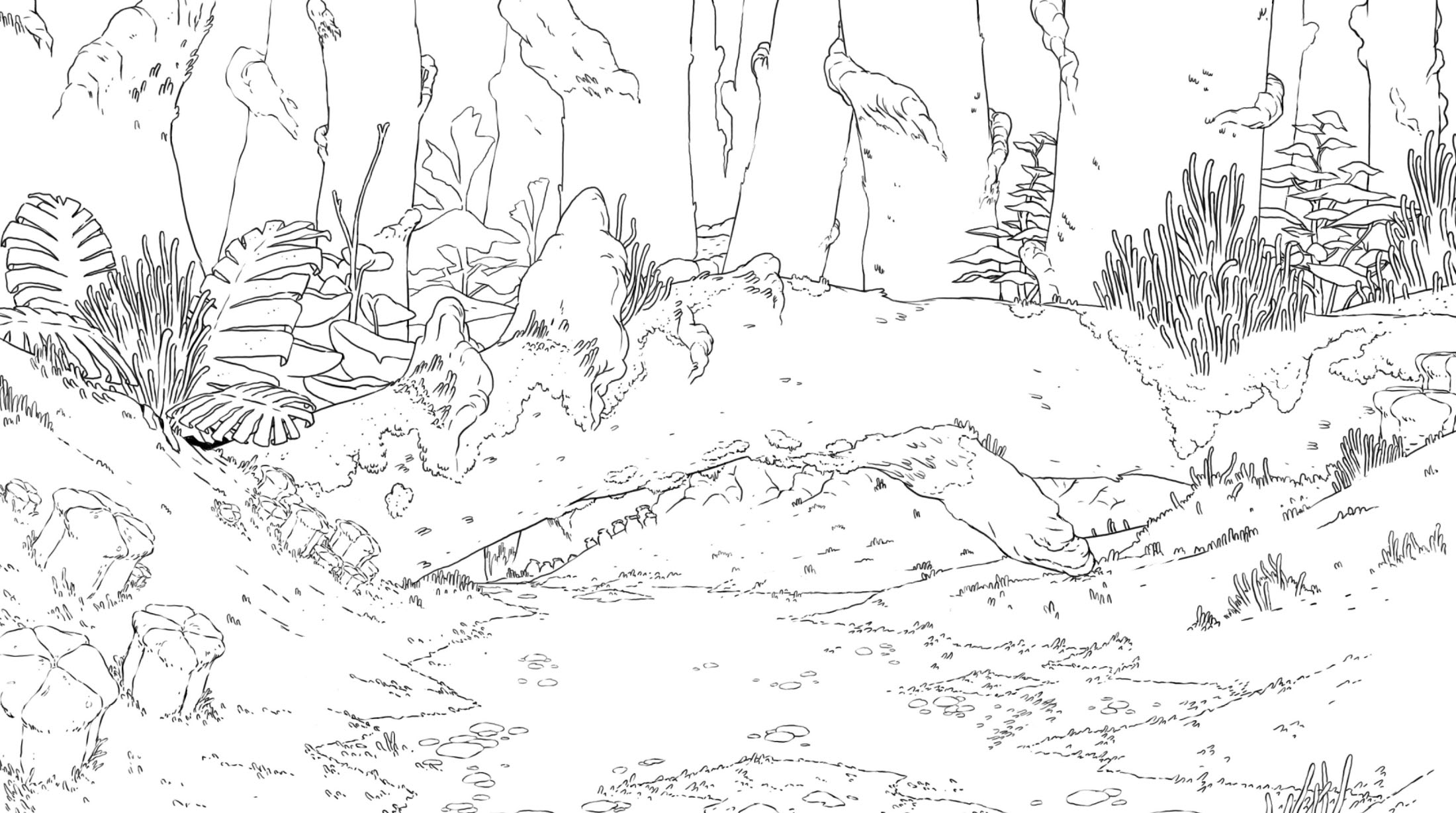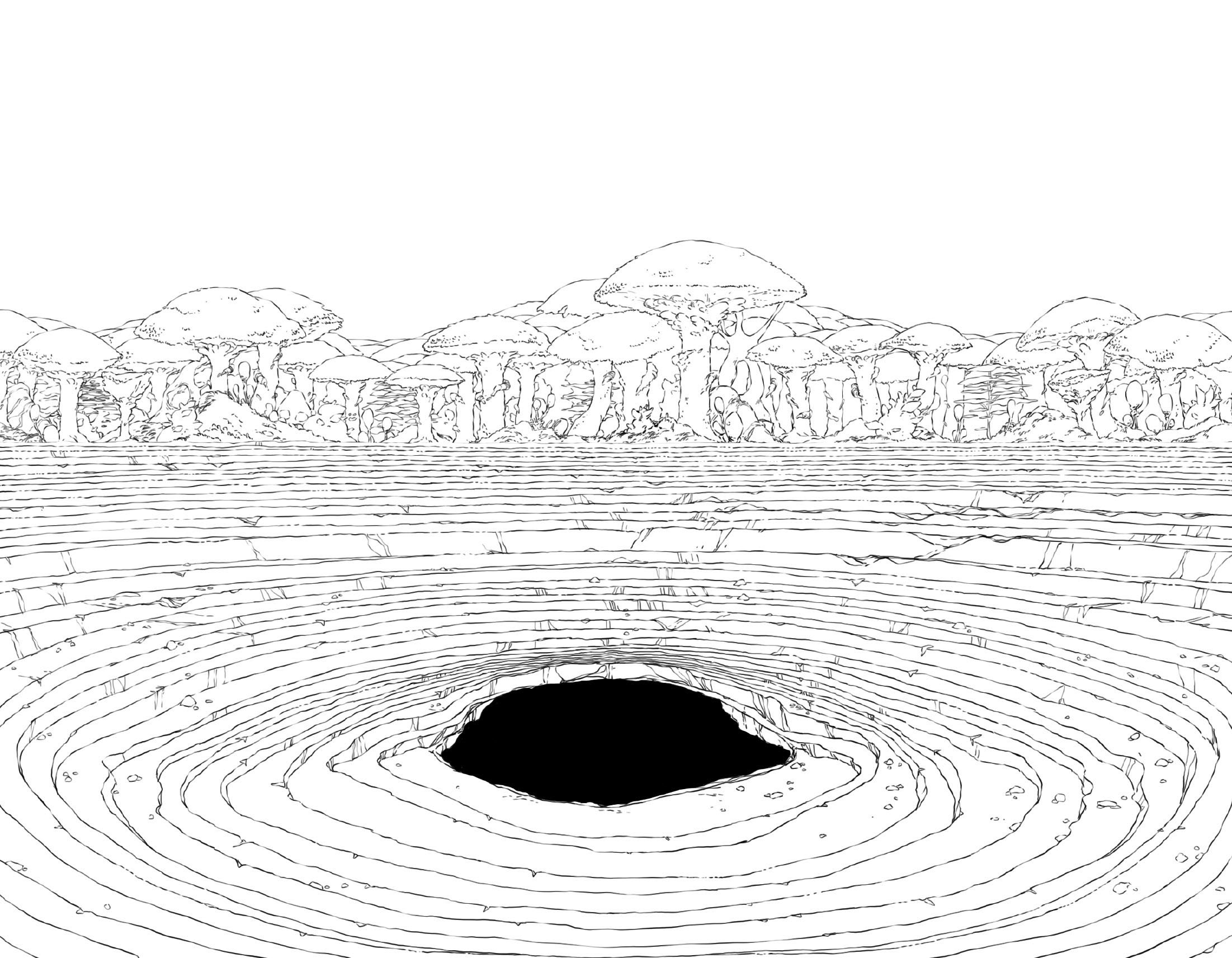Using a $50 Schneider Enlarging lens for negatives scanning for macro photography
https://www.closeuphotography.com/50-dollar-componon-vs-mitutoyo-objective
What if you could find a lens for less than $100 that could produce image quality as good as a microscope objective
LasVegas’ Sphere and the Big Sky Camera
https://theasc.com/articles/sphere-and-the-big-sky-camera
Sphere is a 516′-wide, 366′-tall geodesic dome that houses the world’s highest-resolution screen: a 160,000-square-foot LED wraparound that fills the peripheral vision for 17,600 spectators (20,000 if standing-room areas are included). The curved screen is a 9mm-pixel-pitch, sonically transparent surface of LED panels with 500-nit brightness that produce a high-dynamic-range experience. The audience sits 160′ to 400′ from the screen in theatrical seating, and the screen provides a 155-degree diagonal field of view and a more-than-140-degree vertical field of view.
The image on the screen is 16K (16,384x16,384) driven by 25 synchronized 4K video servers.
https://nofilmschool.com/darren-aronofsky-sphere-camera
Cross section:
Micael Widell – Insect Macro with Diffuser Photography Basics in 10 Minutes (or more)
- Manual mode
- ISO 200
- Aperture F8
- Shutter speed 1/200
- Overhead flash manual mode to 1/16
- Flash diffuser
Magic Lantern – a free software add-on to boost Canon’s features
https://builds.magiclantern.fm/
Supported cameras:
5D Mark II, 5D Mark III, 6D, 7D, 50D, 60D, 500D/T1i, 550D/T2i, 600D/T3i, 650D/T4i, 700D/T5i, 1100D/T3, EOS M.
Example features:
- Zebras for under/over exposed areas.
- Focus peaking for quickly checking focus.
- Magic Zoom window to fine-tune focus.
- Cropmark overlays for 16×9 bars or any custom shape.
- Overlay a ghost image in live view.
- Spotmeter in live view.
- False color for precise exposure control.
- RGB histogram with RAW support.
- Waveform for perfect green screen lighting.
- Vectorscope for color tones.
- Kelvin and push-button white balance.
- Auto ETTR (Expose To The Right).
- Exposure Lock for manual mode.
- Manually override exposure settings in LiveView.
- Quickly switch between two exposure presets.
- Toggle exposure simulation on/off (Liveview).
- Dynamic range improvements (Dual ISO, other features being researched).
- Bracketing for exposure, flash, or depth-of-field.
- In-camera intervalometer.
- Custom bulb timer for extra-long exposures.
- Motion detection.
- Silent pictures without shutter actuation.
- Record voice tags for photos / videos.
- Analog / digital gain adjustments.
- Selectable input source.
- Toggle wind filter.
- Live audio monitoring through with headphones.
- Beep / test tones.
Scavengers Reign
Decapitalising our minds: the key to addressing climate change
Capitalism is the root cause of our ecological crisis and the key barrier to solving it.
There are two reasons for this. Firstly, capitalism cannot exist without economic growth, and economic growth is the main reason why our emissions have been increasing over the last 30 years and further growth will make it impossible to decarbonise in time to avoid activating tipping points.
Secondly, our minds have been shaped by capitalism and it is stopping us from seeing both the role capitalism plays in the cause of climate change and the full scope of solutions available to address the crisis. Social psychologist, Professor Harald Welzer, sums this up well, describing economic growth of industrial societies as “enshrined in business and politics, but also in the psychological structure of the people who grow up in such societies.”
https://erinremblance.substack.com/p/decapitalising-our-minds-the-key
There are six key ways in which capitalism shapes our minds. Under capitalism we, collectively, believe:
- Nature is nothing more than a ‘resource’ to be exploited
- Our power lies in either our consumption habits or our employment
- Success lies in evermore material items and novel experiences
- People are a ‘resource’ and must earn their living
- Money is scarce and the government must make choices
- We must compete with others
This ‘capitalisation’ of our minds creates a barrier to solving the climate crisis in many ways, including:
- denial that the crisis exists because the solutions don’t fit one’s capitalistic ideology;
- disinterest and disengagement with the crisis because nature is for others to focus on;
- unconscious of how our minds are shaped by capitalism, we:
- champion solutions that are well-intentioned but inadequate because they assume mythical ‘green-growth’;
- implement targets that aren’t supported by policies to achieve them, instead relying on technology that doesn’t currently exist to cover the gap.
Unsurprisingly, the mindset we need to address the climate crisis is the exact opposite of the mindset described above.
Creality K1 Max Review – Large High Speed 3D Printer
- 300mm x 300mm x 300mm Build Volume
- Compatible Printing Materials Up to 300°C
- Quality of Life Features Like Hands-Free Auto Bed Leveling
- High-Speed CoreXY with 20000 mm/s² Acceleration
- Sturdy Unibody Die-cast Frame
- Assembled & Calibrated Out of the Box
- Max Print Speed: 600mm/s
- Average Print Speed: 300mm/s
- Print Acceleration: 20,000mm/s2
- 32mm³/s Max Flow Hotend
- G-sensor compensates for ringing
- Unibody die-cast frame adds stability
- Reduced Z-banding with upgraded Z-axis
- 0.6mm and 0.8mm sizes (compatible)
- Nozzle Diameter 0.4mm (included)
- Material Types: PLA, ABS, PETG, PET, TPU, PA, ABS, ASA, PC,
PLA-CF*, PA-CF*, PET-CF*
Intel Open Image open source Denoiser
Intel Open Image Denoise is an open source library of high-performance, high-quality denoising filters for images rendered with ray tracing. Intel Open Image Denoise is part of the Intel® oneAPI Rendering Toolkit and is released under the permissive Apache 2.0 license.
The purpose of Intel Open Image Denoise is to provide an open, high-quality, efficient, and easy-to-use denoising library that allows one to significantly reduce rendering times in ray tracing based rendering applications. It filters out the Monte Carlo noise inherent to stochastic ray tracing methods like path tracing, reducing the amount of necessary samples per pixel by even multiple orders of magnitude (depending on the desired closeness to the ground truth). A simple but flexible C/C++ API ensures that the library can be easily integrated into most existing or new rendering solutions.
At the heart of the Intel Open Image Denoise library is a collection of efficient deep learning based denoising filters, which were trained to handle a wide range of samples per pixel (spp), from 1 spp to almost fully converged. Thus it is suitable for both preview and final-frame rendering. The filters can denoise images either using only the noisy color (beauty) buffer, or, to preserve as much detail as possible, can optionally utilize auxiliary feature buffers as well (e.g. albedo, normal). Such buffers are supported by most renderers as arbitrary output variables (AOVs) or can be usually implemented with little effort.
https://github.com/OpenImageDenoise/oidn
Tom Hanks on his debut novel “The Making of Another Major Motion Picture Masterpiece”: Nothing comes easy if you learnt all through mistakes…
https://www.cbc.ca/listen/live-radio/1-50-q/clip/16014382-tom-hanks
Two-time Oscar winner Tom Hanks (Forrest Gump, Philadelphia, A League of Their Own) on his debut novel “The Making of Another Major Motion Picture Masterpiece,” the insecurities he’s felt throughout his career, and what drives his passion for filmmaking when it feels like “the odds are stacked against you.”
Nothing comes easy if you learnt all through mistakes…
Epic is changing Unreal Engine’s pricing for non-game developers
The change will happen sometime next year and will charge some users on a per-seat model, similar to Photoshop pricing.
Game developers using Unreal Engine won’t be affected and will continue to pay for a license based on a royalty model. However, users in industries like film or automotive will be moved to per-seat pricing, meaning they’ll be charged for the subscription the same way someone might pay for Photoshop.
https://www.theverge.com/2023/10/5/23905082/epic-unreal-engine-pricing-change-film-automotive

